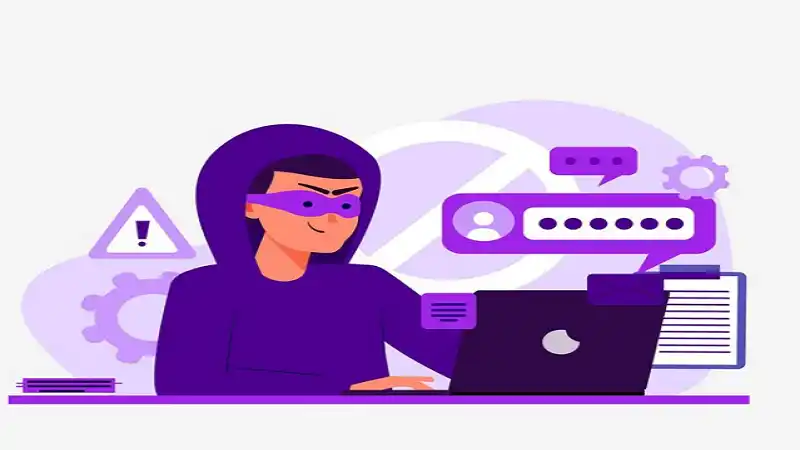In today’s digital age, online scams have become increasingly sophisticated, targeting individuals and businesses alike. From phishing emails to fake websites, scammers are constantly evolving their tactics to deceive unsuspecting victims. This is where Scamlytic comes into play. Scamlytic is a powerful tool designed to help you detect, analyze, and prevent online scams. In this article, we’ll explore what Scamlytic is, how it works, and practical steps you can take to protect yourself from online fraud.
What is Scamlytic?
Scamlytic is an advanced scam detection and prevention platform that leverages cutting-edge technology to identify and analyze potential online scams. Whether you’re dealing with phishing attempts, fake websites, or fraudulent transactions, Scamlytic provides you with the tools and insights needed to stay one step ahead of scammers.
Key Features of Scamlytic
- Real-Time Scam Detection: Scamlytic continuously monitors online activities to detect suspicious behavior in real-time.
- Comprehensive Analysis: The platform provides detailed reports on potential scams, including the type of scam, the methods used, and the potential risks involved.
- User-Friendly Interface: Scamlytic is designed to be easy to use, even for those with limited technical knowledge.
- Customizable Alerts: Users can set up personalized alerts to notify them of potential scams based on their specific needs and preferences.
How Scamlytic Works
Scamlytic uses a combination of artificial intelligence (AI), machine learning (ML), and big data analytics to identify and analyze online scams. Here’s a breakdown of how the platform works:
- Data Collection: Scamlytic collects data from various online sources, including websites, social media platforms, and email servers.
- Pattern Recognition: Using AI and ML algorithms, Scamlytic analyzes the collected data to identify patterns and anomalies that may indicate a scam.
- Risk Assessment: The platform assesses the risk level of each detected scam, providing users with a clear understanding of the potential threat.
- Actionable Insights: Scamlytic offers actionable insights and recommendations on how to mitigate the risks associated with detected scams.
Practical Steps to Protect Yourself from Online Scams
While Scamlytic is a powerful tool, it’s essential to take additional steps to protect yourself from online scams. Here are some practical steps you can follow:
1. Educate Yourself and Stay Informed
Knowledge is your first line of defense against online scams. Stay informed about the latest scam tactics and trends by following reputable sources such as cybersecurity blogs, news outlets, and official government websites.
- Subscribe to Scam Alerts: Many organizations offer free scam alert services that notify you of new and emerging scams.
- Attend Webinars and Workshops: Participate in online webinars and workshops focused on cybersecurity and scam prevention.
2. Use Strong, Unique Passwords
One of the most common ways scammers gain access to your accounts is through weak or reused passwords. Ensure that you use strong, unique passwords for each of your online accounts.
- Password Managers: Consider using a password manager to generate and store complex passwords securely.
- Two-Factor Authentication (2FA): Enable 2FA wherever possible to add an extra layer of security to your accounts.
3. Verify the Authenticity of Websites and Emails
Scammers often use fake websites and emails to trick you into providing sensitive information. Always verify the authenticity of a website or email before taking any action.
- Check the URL: Ensure that the website’s URL is correct and look for the padlock symbol in the address bar, indicating a secure connection.
- Look for Red Flags: Be cautious of emails with poor grammar, urgent requests, or suspicious attachments.
4. Monitor Your Financial Accounts Regularly
Regularly monitoring your financial accounts can help you detect unauthorized transactions and potential scams early.
- Set Up Account Alerts: Many banks and financial institutions offer account alert services that notify you of any unusual activity.
- Review Statements: Carefully review your bank and credit card statements for any unfamiliar transactions.
5. Use Scamlytic to Enhance Your Security
Scamlytic can be a valuable addition to your cybersecurity toolkit. Here’s how you can make the most of the platform:
- Integrate Scamlytic with Your Email: Set up Scamlytic to monitor your email for phishing attempts and other scams.
- Scan Websites: Use Scamlytic to scan websites for potential scams before making any online purchases or providing personal information.
- Stay Updated: Regularly check Scamlytic’s reports and alerts to stay informed about the latest scam threats.
6. Report Scams to Authorities
If you encounter a scam, it’s important to report it to the relevant authorities. This not only helps you but also contributes to the broader effort to combat online fraud.
- Local Law Enforcement: Report scams to your local law enforcement agency.
- Cybersecurity Organizations: Notify cybersecurity organizations and platforms like Scamlytic to help them improve their detection algorithms.
Conclusion
Online scams are a growing threat in our increasingly digital world, but with the right tools and knowledge, you can protect yourself from falling victim to fraud. Scamlytic offers a comprehensive solution for detecting and preventing online scams, providing you with the peace of mind you need to navigate the digital landscape safely.
By following the practical steps outlined in this article, you can enhance your online security and reduce the risk of falling prey to scammers. Remember, staying informed, using strong passwords, verifying the authenticity of websites and emails, monitoring your financial accounts, and leveraging tools like Scamlytic are all essential components of a robust cybersecurity strategy.
Stay vigilant, stay informed, and stay safe with Scamlytic. Together, we can create a safer online environment for everyone.



